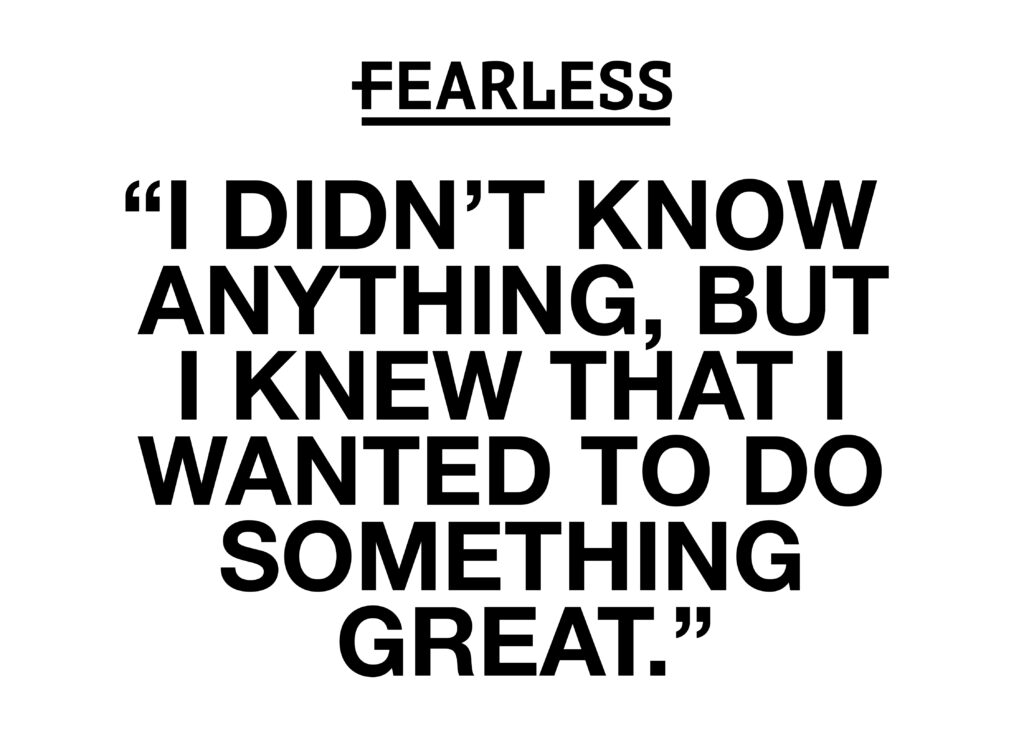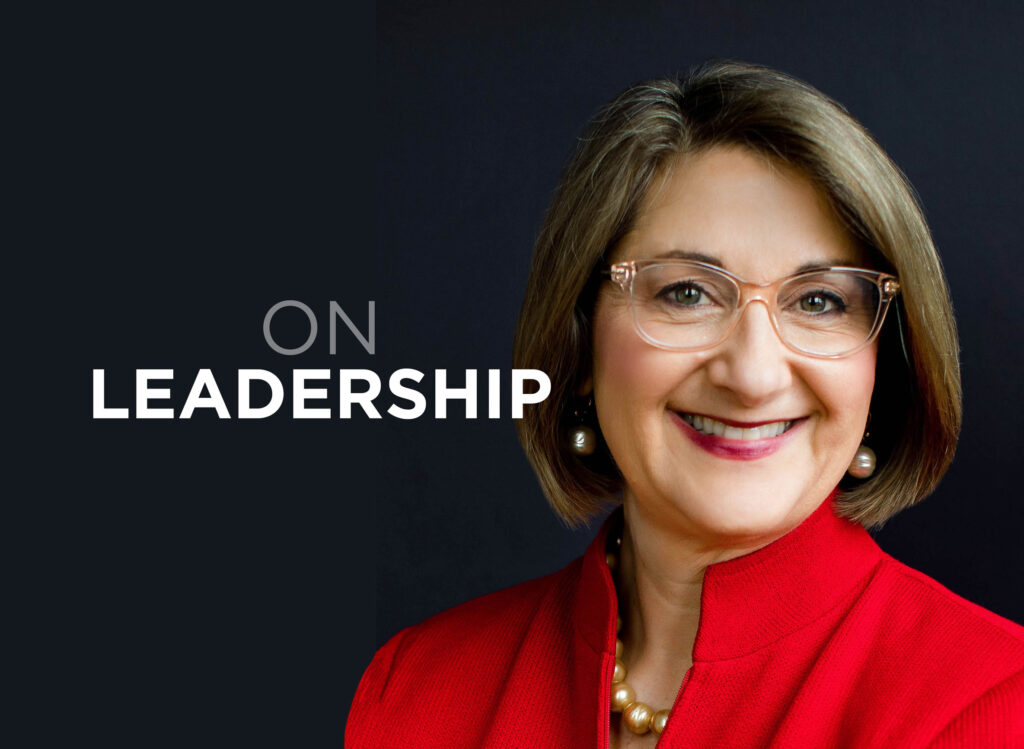On Leadership: Communicating work changes in an ever-changing environment

SUZANNA de BACA Jun 3, 2021 | 12:46 pm
4 min read time
992 wordsBusiness Record Insider, On Leadership, OpinionAs the pandemic ebbs, back to work plans are on everyone’s minds as leaders grapple with whether their teams should return to the office full time, stay remote or adopt hybrid approaches. While crafting our own plan at Business Publications Corporation (BPC), I’ve relentlessly quizzed friends and business leaders about what their organizations are doing and I’ve been surprised at how emotionally charged the answers have been.
A few people have reported that their companies have thoughtfully rolled out well-received plans. But others have responded they are not yet sure of their company’s plan and are impatiently awaiting information. Many have reported there is indeed a plan but that they were not consulted and are frustrated with the process and the decisions. In many conversations dissatisfaction has been high and, as is common in times of organizational change, the complaints are often as much about the communication of the plan as the plan itself.
The role of communication in change is often underestimated or underprioritized. “Simply put, most leaders want transformational change to be easier than it is,” notes a recent Harvard Business Review article called “How Leaders Get in the Way of Organizational Change.” The article goes to say, “… communicating change effectively requires listening to the organization twice as much as telling the organization about the change.”
Why the need for so much communication? A consistent flow of information, engaging stakeholders, and soliciting and integrating feedback help people to be more comfortable as they adapt and adopt new ways of working.
I asked several local business communications leaders why communication is so important in change management, especially around back-to-work arrangements. Here is what they had to say:
Jonathan Brendemuehl, communications manager, Des Moines Performing Arts: People naturally want to know what is expected of them and how they fit into any changed dynamics. Clearly communicating expectations prior to implementing organizational shifts (such as working from home or returning to in-person work) is critical for any change to be successful. Directly communicated expectations create shared understanding across teams, which forms the foundation for internal trust.
Alexis J. Davis, strategic communications project manager, United Way of Central Iowa, and managing director, Pyramid Theatre: Communication is key in creating a positive experience around change. Sharing the why, how and when allows everyone involved the opportunity to become more aware of and better understand how it will impact them as an individual contributor to the end goal. Allowing the opportunity to communicate feedback can also create a better end result.
Diana Deibler, president, Deibler & Co.: There is a reason the first circle of hell in Dante’s “Inferno” is Limbo and why I believe it is the not knowing that is unsettling to employees, not change itself. This distinction is important because it puts the focus and opportunity where it belongs — on communications. Timely updates, relevant points of impact, and sharing guiding philosophies behind how decisions are being made go a long way in avoiding Limbo.
Josefina Lopez Valdivia, marketing and communications coordinator, Proteus Inc.: Establishing internal communication habits takes time, but it is crucial as it impacts the sense of culture and belonging for team members. It’s especially important at an organization like Proteus Inc., where we are scattered throughout the Midwest. The pandemic and my new role as marketing and communications coordinator have both shown the importance of communication and the need for more adaptations.
Maria Volante, senior vice president, Dardis Communications Inc.: During times of change you can’t communicate enough. Three things to consider: 1) Give the “why” behind change, even if you think it’s obvious. 2) Tell people quickly, but give time to process and adapt. People will accept that you don’t have all the answers if they are brought in early. 3) Create opportunities for questions. Bottom line, the more communication the better!
If we’ve learned anything from the pandemic it’s that change is inevitable. As the Harvard Business Review article stated, “Do the necessary work to prepare yourself and your organization for the journey.” Leaders must not only be prepared to adapt as new challenges come their way, but to communicate those changes clearly and respectfully.
Advice for leaders on communicating future work changes
- Use a simple structure. “The more complex the situation, the greater the need for a simple structure to address,” says Deibler, who advises leaders to apply what she calls the Formula of 4: “Describe specifically what the change is, what it’s intended to improve, who will be impacted, and how employees can help.”
- Be clear and consistent. Volante counsels leaders to get to the point, as attention spans are short and too much detail can cloud the issue. She advises, “Be brief, be brilliant and be gone!’”
- Consider your audience. Lopez Valdivia encourages leaders to avoid using a “one-size-fits-all” approach to communication, which can cause you to overlook different personalities, expectations and needs among your team. She says, “Thinking about how you communicate and how often you do that can help change the communication to a better approach.”
- Acknowledge feelings. Davis advises, “Be gentle in your approach. Every person on your team is experiencing something unique to them, and you don’t know every part of their story.”
- Keep it positive. “Don’t assume your audience is resistant to change,” says Brendemuehl. “By keeping your messaging positive from the start, you as a leader set a tone that change is not something to be afraid of or resist, but something that we should all expect and embrace as professionals.”
- Keep communicating – before, during and after the change. “You can never overcommunicate,” says Davis. “You may think people don’t want to hear from you that often or fear your messages are being lost because of frequency, but communication – using different platforms, phrases and messages – is necessary.” Reinforcing the message and continuing communication even after a change has been implemented gives you an opportunity to adjust and refine your plan for optimal success.










